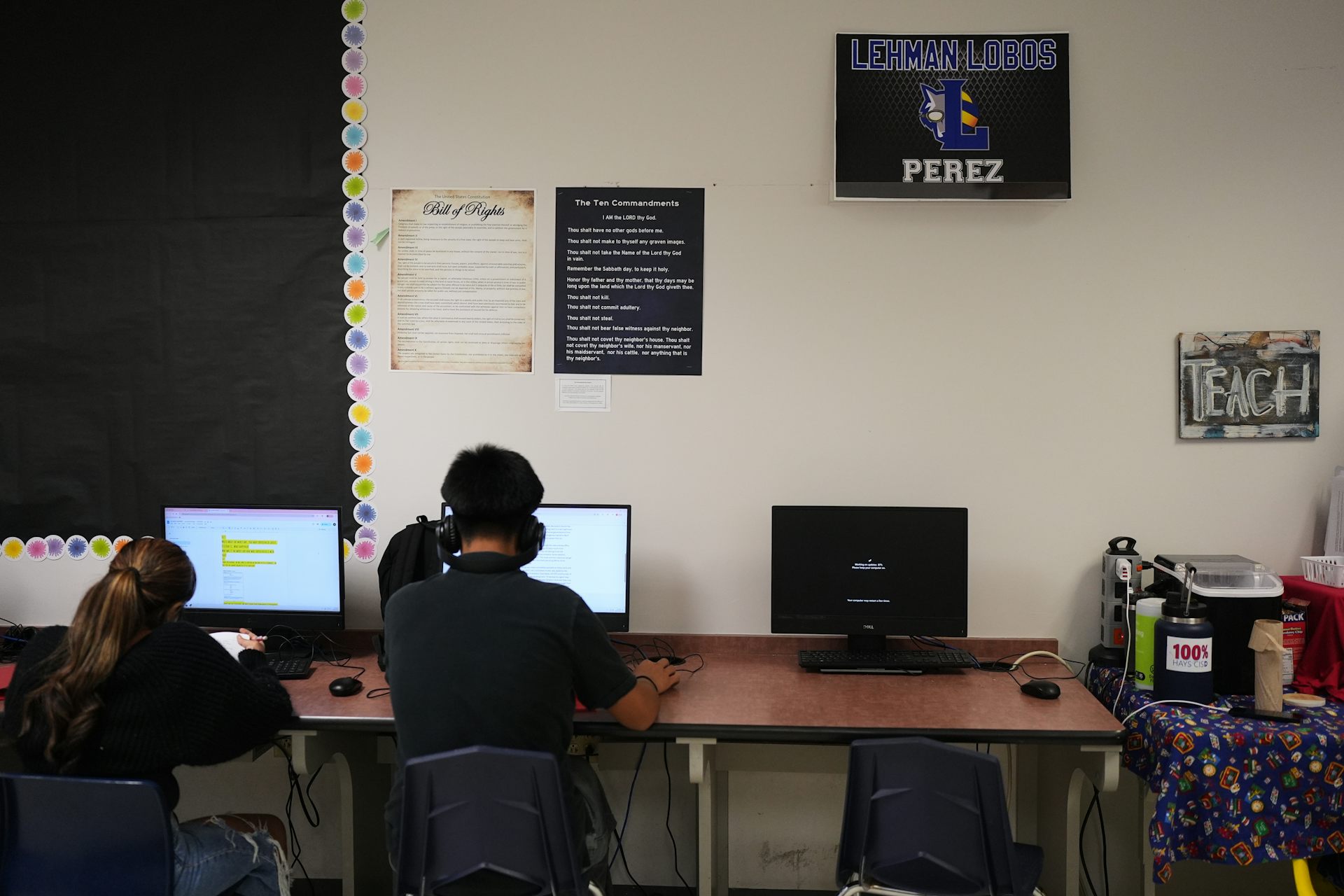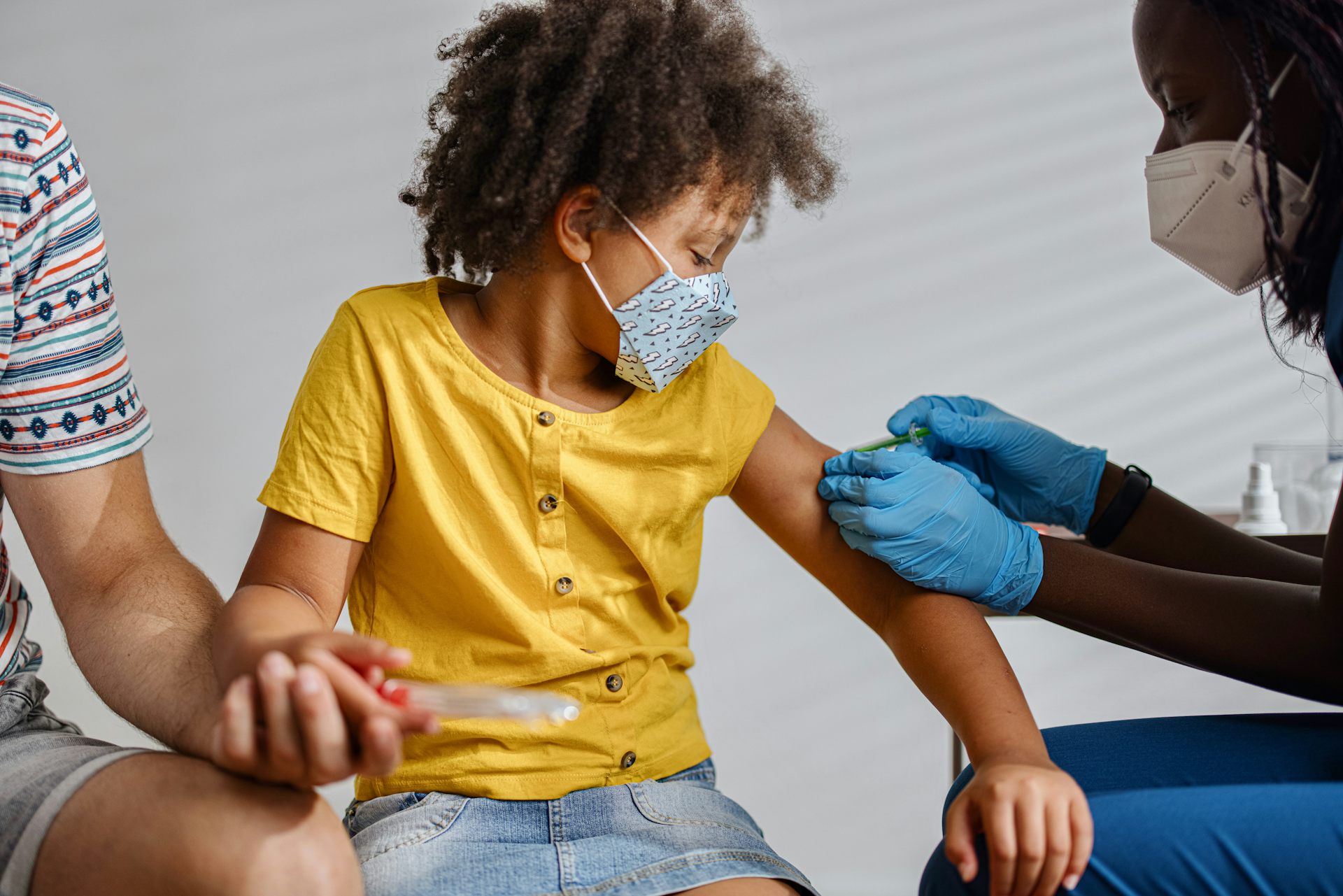The coronavirus pandemic might make buildings sick, too
Office buildings have been left mostly empty for weeks amid the coronavirus pandemic, leaving standing water in pipes where harmful organisms can grow. What happens when those buildings reopen?
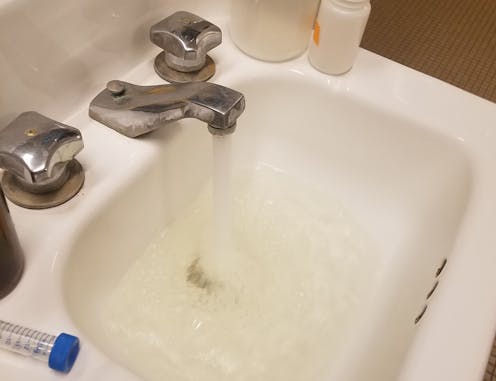
While millions of people are under orders to stay home amid the coronavirus pandemic, water is sitting in the pipes of empty office buildings and gyms, getting old and potentially dangerous.
When water isn’t flowing, organisms and chemicals can build up in the plumbing. It can happen in underused gyms, office buildings, schools, shopping malls and other facilities. These organisms and chemicals can reach unsafe levels when water sits in water pipes for just a few days. But, what happens when water sits for weeks or months?
There are no long-term studies of the risks and only minimal guidance to help building owners prepare their water for use again after a long shutdown.
As researchers involved in building water safety, we study these risks and advise building owners and public officials on actions they can take to reduce the potential for widespread waterborne disease. A new paper highlights these issues and our concerns that the COVID-19 stay-at-home orders may increase the chance of harmful water exposure when people return.
What happens when water gets old?
Just like food that sits in a refrigerator for too long, water that sits in a building’s pipes for too long can make people sick.
Harmful organisms, like the bacteria that cause Legionnaire’s disease, can grow. If not maintained, devices like filters, water tanks, heaters and softeners can become organism incubators.
With certain pipe materials, water can accumulate unsafe levels of lead and copper, which can cause learning disabilities, cardiovascular effects, nausea and diarrhea.
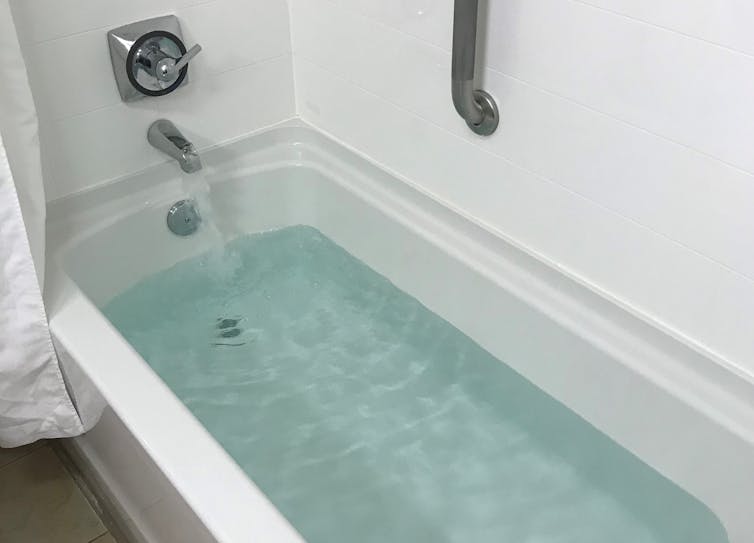
Drinking this water is a problem, but infections can also result from inhaling harmful organisms. This occurs when water splashes and becomes an aerosol, as can happen in showers, hot tubs and pools and when flushing toilets or washing hands. Some of these organisms can cause pneumonia-like diseases, especially in people who have weakened immune systems.
Water inside a building does not have an expiration date: Problems can develop within days at individual faucets, and all buildings with low water use are at risk.
Keep the water flowing
To avoid water issues, “fresh” water must regularly flow to a building’s faucets. Most U.S. water providers add a chemical disinfectant to the water they deliver to kill organisms, but this chemical disappears over time.
Medical facilities, with their vulnerable populations, are required to have a building water safety plan to keep water fresh and prevent growth. Schools, which have long periods of low use during the summer, are advised to keep water fresh to reduce water’s lead levels.
Health agencies in the U.S., Canada, England, Europe and some states have released recommendations in recent weeks, advising that building water be kept fresh during COVID-19 stay-at-home orders. There’s some debate over the best way to do that, but the core message is the same: Do not let water sit in buildings.
If water isn’t being used in a building, intentionally flushing the building to replace all the old water with new water can be done at least weekly. It also helps remove sediments that accumulate along pipe walls.
Faucets, water heaters and softeners, appliances such as refrigerators, toilets and other water systems, including cooling towers, all need to have water turnover. Some of these can require specialized attention. Faucet aerators should be removed because they accumulate materials and slow down the flow.
How long flushing takes depends on the building’s piping design, devices and the speed of water exiting the faucets. All buildings are different.
It took more than 80 minutes of flushing to draw fresh water to the farthest faucet of one 10,000-square-foot building. In another building, it took 60 minutes just to get fresh water from the water meter to the basement of a building 30 feet from the street. A single large building may take hours or days to clear.
Easier to avoid contamination than clean it up
For building managers who haven’t been running the water during the pandemic, the water sitting in pipes may already have significant problems. To perform flushing, safety equipment, including masks, currently in short supply, might be needed to protect workers.
A slow “ramp-up” of the economy means buildings will not reach normal water use for some time. These buildings may need flushing again and again.
Shock disinfection, adding a high level of disinfectant chemical to the plumbing to kill organisms living in it, may also be necessary. This is required for new buildings and is sometimes done when water in new buildings sits still for too long.
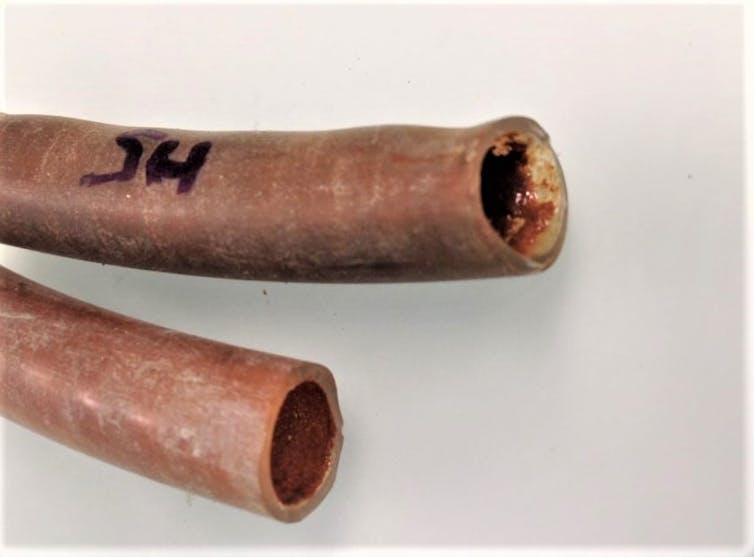
Inexpensive chemical disinfectant tests can help determine if the water is “fresh.” Testing for harmful organisms is recommended by some organizations. It can take several days and requires expertise to interpret results. Metals testing might be needed, too. Public health departments can provide specific recommendations for all of these actions and communication of risks.
The need for standards and water safety
Water left sitting in the pipes of buildings can present serious health risks.
Standards are lacking and very much needed for restarting plumbing and ensuring continued water safety after the pandemic passes.
Right now, building managers can take immediate action to prevent people from becoming sick when they return.
[You need to understand the coronavirus pandemic, and we can help. Read The Conversation’s newsletter.]
Caitlin R. Proctor receives funding from Purdue University College of Engineering, the National Science Foundation, and Warm Springs Foundation.
Andrew J. Whelton receives funding from the US National Science Foundation (CBET 2027049), US Environmental Protection Agency (R836890), Warm Springs Foundation, and Water Research Foundation.
William Rhoads receives funding from the National Science Foundation (CBET 1706733). He is affiliated with the American Waterworks Association.
Read These Next
3 states are challenging precedent against posting the Ten Commandments in public schools – cases th
New laws mandating the Ten Commandments’ display in schools have faced lawsuits in Texas, Louisiana…
2025’s words of the year reflect a year of digital disillusionment
From AI slop to rage bait, to the cryptic ‘6-7,’ this year’s slate captures a growing sense that…
Hope and hardship have driven Syrian refugee returns – but many head back to destroyed homes, land d
A quarter of the 6 million Syrians who fled the country during the decadelong civil war have returned…


